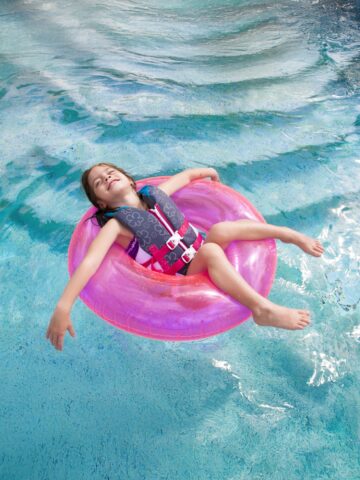Car crashes are the #1 preventable cause of death of children and young adults. They are also a major cause of permanent brain damage, epilepsy, and spinal cord injuries. Many of the deaths and injuries can be prevented with the proper use of child restraints and seat belts.
Know the Law
If children are not tall enough for proper belt fit, they must ride in a booster or car seat. Everyone in the car must be properly buckled up.
- Children under age 8 must be properly buckled into a car seat or booster in the back seat.
- Children under 2 years old must be rear-facing (facing backwards) unless they weigh 40 pounds or more or are 40 inches tall or more.
- Children age 8 or older or 4’9” in height may use the vehicle seat belt if it fits properly with the lap belt low on the hips, touching the upper thighs, and the shoulder belt crossing the center of the chest.
For each child under 16 who is not properly secured, parents (if in the car) or drivers can be fined more than $490 and get a point on their driving records. It’s against California law to leave a child who is 6 years of age or younger alone in the car without the supervision of a person at least 12 years old.
Know the Stages
Stage 1: Rear-facing car seat
Facing backwards is the safest way for a baby or toddler to ride. Keep toddlers in a rear-facing convertible car seat until minimum of age 2, or until they reach the maximum weight or height for their seat. The harness straps should be snug and placed at or below the shoulder level.
Stage 2: Forward-facing car seat with harness
Children should use a forward-facing car seat for as long as possible, up to the highest weight or height allowed by the manufacturer. The harness straps should be snug and placed at or above the shoulder level.
Stage 3: Booster seat with lap-shoulder belt
All children must use a booster seat until the seat belt fits properly. Most children need to ride in a booster seat from about age 4 until age 10-12.
Stage 4: Lap-shoulder belt
All children younger than 13 should ride in the back seat. The shoulder belt must lie across the chest (not touching the neck or throat). The lap belt must be low across the upper thighs (not touching the stomach).
Please call CHOC’s Community Education to speak with a Certified Child Passenger Safety Technician to discuss more about car safety for children. When an accident happens, CHOC is ready with the only pediatric-dedicated emergency department and trauma center in Orange County. For more important tips to prevent injuries in children and teens, visit choc.org/safety.




